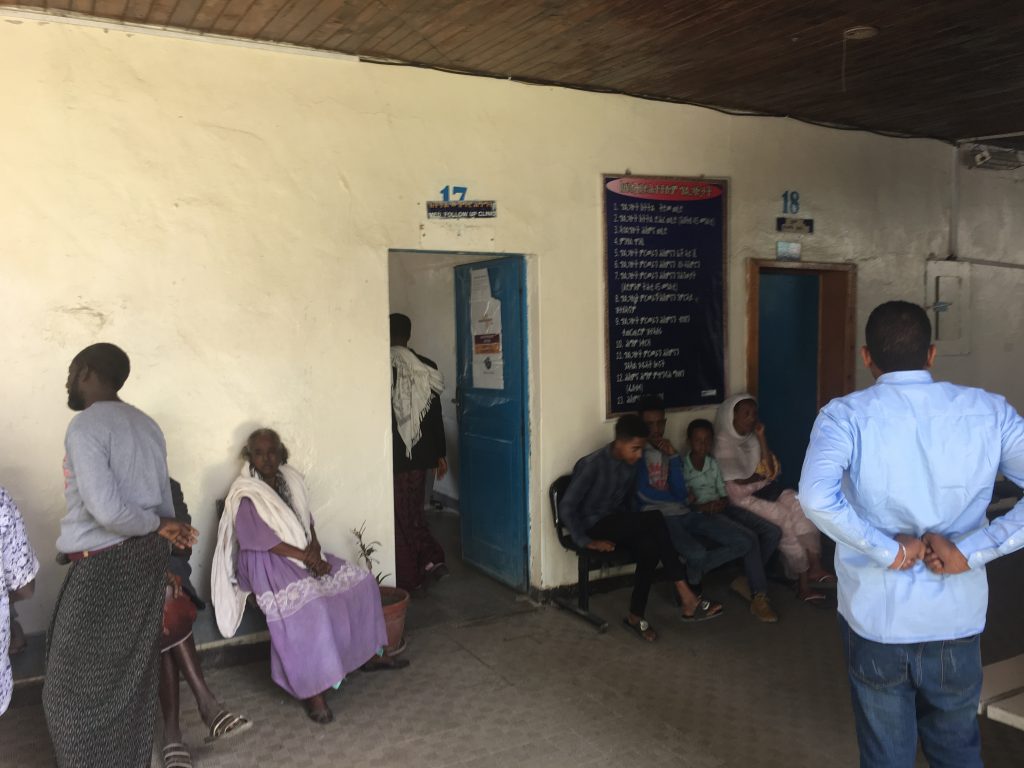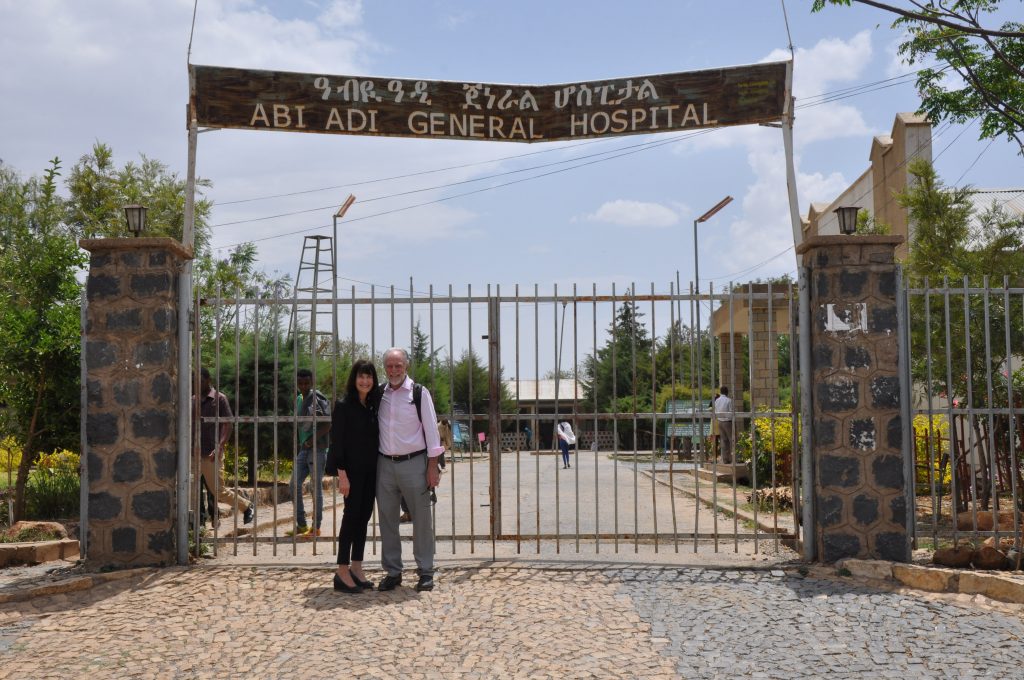We arrived in Addis Ababa, Ethiopia at 5 in the morning after flying 19 hours and stopping in Dublin on Air Ethiopia – which other than the food and the movies – was wonderful.
Driving to our hotel we couldn’t help but compare the sights out the window to Haiti, where we have helped conduct a camp for children with diabetes every year since the earthquake in 2011. Addis Ababa is congested, chaotic, filled with shanties and shacks, but much less so than Haiti – and due to its elevation, without sweltering heat.
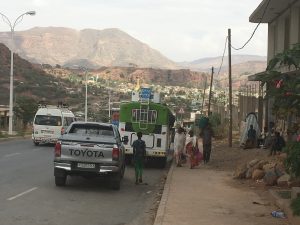 Remarkably, the Ethiopian clock is 6 hours behind the international clock, the year is 2010, and the New Year starts in October. Despite an unexplainable calendar, almost everyone who is educated is fluent in English, which is taught starting in kindergarten.
Remarkably, the Ethiopian clock is 6 hours behind the international clock, the year is 2010, and the New Year starts in October. Despite an unexplainable calendar, almost everyone who is educated is fluent in English, which is taught starting in kindergarten.
After settling in, we were on our way to see Ethiopia with a guide and our host who runs the Ethiopian Diabetes Association. We saw mountains, churches and pilgrims who wait outside the church for holy water.
The next day work began; we gave 8 lectures, answered hundreds of questions, and were delighted to meet and work with 50 physicians and nurses who were clearly dedicated, educated, and motivated to be the best caregivers for children with diabetes.
This includes the 3,500 children and young adults who receive their care and diabetes supplies for free through Life for a Child, led by the indefatigable Dr. Graham Ogle from Australia. Graham is the reason we went to Addis and he has been a terrific coworker, travel partner, and friend.
Many of the children with diabetes are in a coma when they are diagnosed, and it is likely many more die before that. Remarkably, while the exact incidence of type 1 diabetes in Ethiopia is not known, it is clear the rate of new cases is increasing – and in some areas of the country, this increase is felt to be astronomical. Diabetic ketoacidosis post diagnosis requiring hospitalization is quite frequent, confirming the challenges of managing diabetes in such a poor, stressful environment.
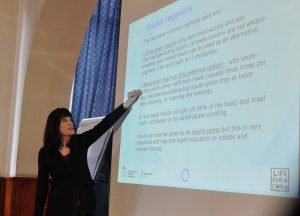
As part of our lectures, Neal interviewed children, teens, and young adults with diabetes and some of their mothers.
Each had an amazing story. One of the young adults was so angry after his diagnosis by the limits his parents imposed on him, he stopped eating for over a month. Despite wasting away, he told no one what he was doing (his parents thought it was his diabetes) until he collapsed. The resolution came when his parents realized he might die if he wasn’t given back control of his life.
Another young adult told us of unrelenting bullying and shame, and of how her parents were encouraged to stop giving her insulin and to cure her with holy water. Others described hiding their diabetes, having teachers force them to do pushups in front of the class despite being hypoglycemic, refusing to believe a child could have diabetes, and of health care providers unable to the make the right diagnosis until they entered a coma.
But for the most part, these were horror stories of years past. Now, due to the Ethiopian Diabetes Association, a better Ethiopian health care system and economy, and because of people like Graham Ogle and the efforts of Life for a Child, things are at least a bit better.
 There are monthly education classes for families, support groups, camps (they bring children as young as 4 to overnight diabete camps without their parents), media coverage of diabetes in children, and the Life for a Child program, which, of course, brought us to Ethiopia. The main issue that remains is that of insulin insecurity, coupled with an inadequate food supply. These children rely on Life for a Child – the program is literally keeping most of them alive.
There are monthly education classes for families, support groups, camps (they bring children as young as 4 to overnight diabete camps without their parents), media coverage of diabetes in children, and the Life for a Child program, which, of course, brought us to Ethiopia. The main issue that remains is that of insulin insecurity, coupled with an inadequate food supply. These children rely on Life for a Child – the program is literally keeping most of them alive.
We flew north to the town of Mekelle, in the state of Tigray – close to the Eritrean border (the Ethiopians don’t talk much about the brutal war with Eritrea). There we met the Regional Health Minister, the lead endocrinologist in the area, and the most determined person – a public health nurse – we have ever met. The nurse, called sister in a throw-back to ancient times, is focused on getting enough insulin and supplies to the region so that people will “stop suffering and dying”. First, we went to the relatively-sophisticated regional hospital with three ICU’s (adult, pediatric and neonatal), surgical suites, a laboratory, and one of the busiest diabetes clinics we have ever seen.
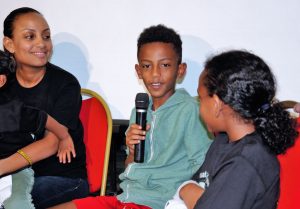
Life for a Child doesn’t have the resources to support many of the young people in this region so many families are faced with some terrible challenges. When they have enough insulin, the patients all take shots of regular and NPH insulin two times a day and use the same syringe for a week. None of them have glucose monitoring equipment, or even urine dipsticks. Without Life for a Child, they pay a few dollars for a bottle of insulin that they store in pots of wet sand (most people do not have refrigerators). Those few dollars add up and are more than most can afford – so they skimp on the amount of insulin they take, and as a result, they have elevated glucose levels likely all the time. That is except for the times when they take insulin and don’t have food, in which case they have episodes of severe hypoglycemia.
From Mekelle, we drove 2 hours to a small village called Abi Adi to visit a health center that serves the 500,000 people from all the surrounding rural areas across the country’s northern region and border. They have perceived a huge rise in diabetes incidence – 3 new patients a week over the last few years, mainly in adolescents and young adults, but in children as young as 9 months of age. It was one of the poorest resourced health centers we have ever seen, but with the most incredible and dedicated staff who had handwritten amazing notes, developed a registry of all new patients, and who have amazing diabetes knowledge considering the resources they have and the challenges they face. The staff are on the left of this picture and our tenacious nurse second from right, with patients in the middle surrounding us and Graham.
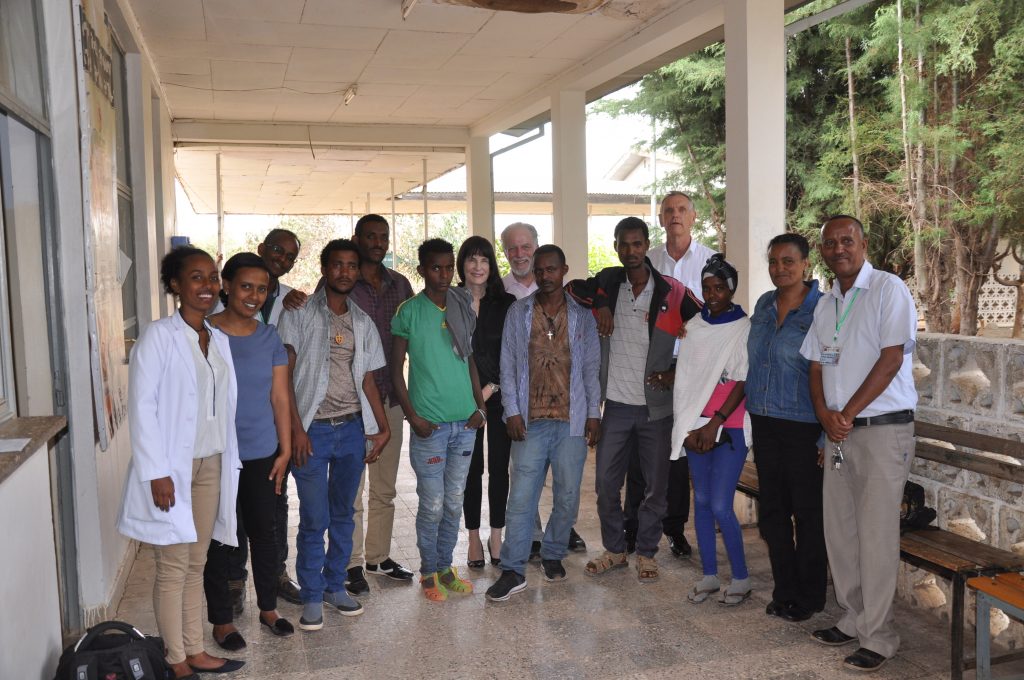
They conducted a small study that showed the mean A1C was >11% (the study paid for the only A1C tests these patients have ever had) and the mean fasting glucose was 235 mg/dL — too high, but probably better than other similarly resourced hospitals. If we had thought insulin insecurity was a problem in Mekelle, it is a log-scale worse in Adi Abi. When we arrived, they were busy resuscitating an emaciated 15-year-old girl in Diabetic ketoacidosis with IV hydration (without an IV pump), with finger-stick glucose and urine dipstick measurements, and with no other lab tests. She had sores on her feet that weren’t healing, no muscle mass, and stunted growth. But the doctors were ecstatic they could save her life that day.
Our ride home was across the same incredible landscape – the entire countryside we passed through was terraced, spotted with small wooden huts covered with aluminum roofs and there were cows, donkeys, goats and camels grazing or just standing in the middle of the road. The rifts, gorges, and hills we climbed up and down were striped with orange, yellow, and brown colors from the eons of sedimentation that formed this area – which is the beginning of the great Rift Valley where Lucy once roamed.
The 3,500 children in Ethiopia with diabetes who receive all their supplies and care for free from the Life for a Child program are in danger. In fact, all of the 18,500 children in 40 countries across the world who are supported by Life for a Child are equally imperilled because the program needs funds. It needs to raise money, firstly, to continue to provide care for the children currently enrolled and secondly to expand and offer more insulin, more supplies, and take care of more children in need. We cannot let Life for a Child flounder or fail; we cannot even imagine the fate of these children – and all the children yet to come – if that happens. Please help us keep the amazing children we met in Ethiopia alive by donating to Life for a Child.
Thank you,
Fran & Neal Kaufman
